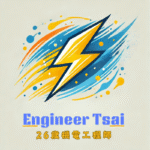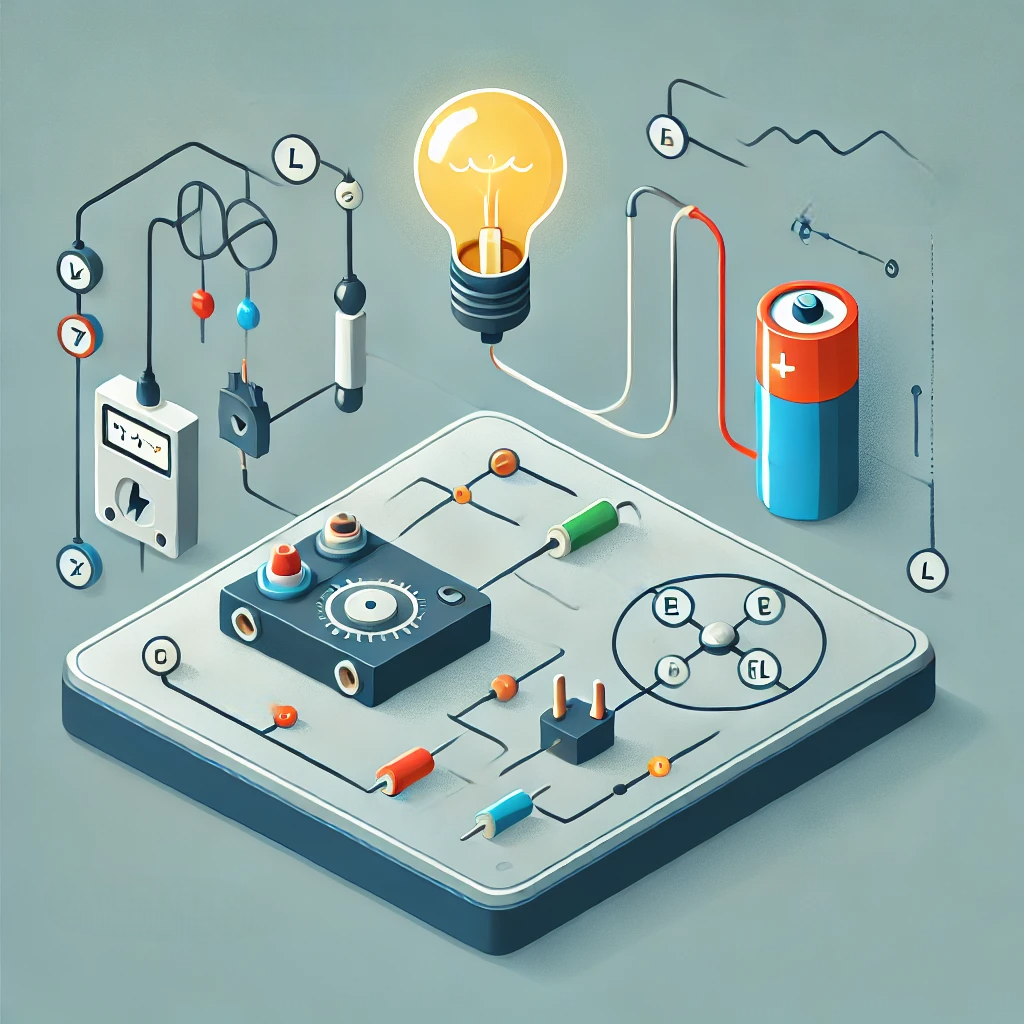▶️ Watch now: How a protective relay saves your circuit
Ever seen this?
You start a new AC. The breaker trips.
Or a factory motor dies and cooks wires.
Often, the cause is simple. The protective relay was set wrong—or missing.
This guide explains it in plain English.
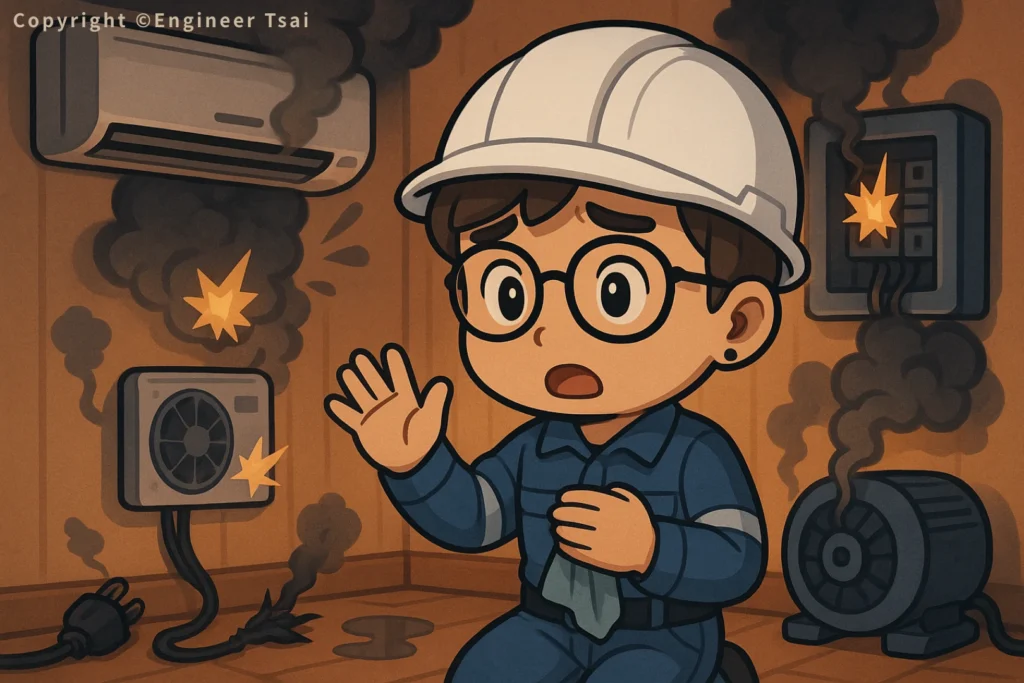
What is a protective relay?
First, a normal relay switches power.
However, a protective relay watches the system and trips early to stop damage.
In short, it is your safety guard.
- Regular relay: a control switch.
- Protective relay: a smart safety device.
For example, it looks for overcurrent, undervoltage, three-phase imbalance, overheating, and short circuits.
Therefore, it breaks the chain before parts fail.
Where does it help?
Generally, if loads are big or systems are complex, you need one.
Home / HVAC
For example, water heaters, AC units, and dryers draw high inrush current.
Without an overcurrent protection relay or thermal overload relay, wires overheat.
As a result, insulation ages and failures increase.
Factories
Motors, elevators, and compressors run all day.
If heat rises, a phase drops, or a short appears, a motor protection relay trips.
Consequently, the machine survives and downtime shrinks.
Office towers / commercial
Chillers, lighting panels, and transformers need stable power.
Thus, protective relays for building management systems keep panels and MCCs safe.
When things fail here, costs spike fast.
Core protection functions
- Overcurrent protection (OCR/IOC)
Trips when current exceeds the set point.
Therefore, conductors stay cool and windings live longer. - Undervoltage protection (UVR)
Cuts power when voltage sags.
As a result, gear avoids erratic resets. - Phase sequence & unbalance
Wrong order or a lost phase hurts motors.
Thus, a phase-loss relay is cheap insurance. - Thermal protection (overload)
Trips on temperature rise or modeled heating.
Therefore, motors and large appliances stay safe. - Earth-fault / ground-fault (EFR/GFR)
Finds leakage to ground.
Consequently, shock and fire risks drop.
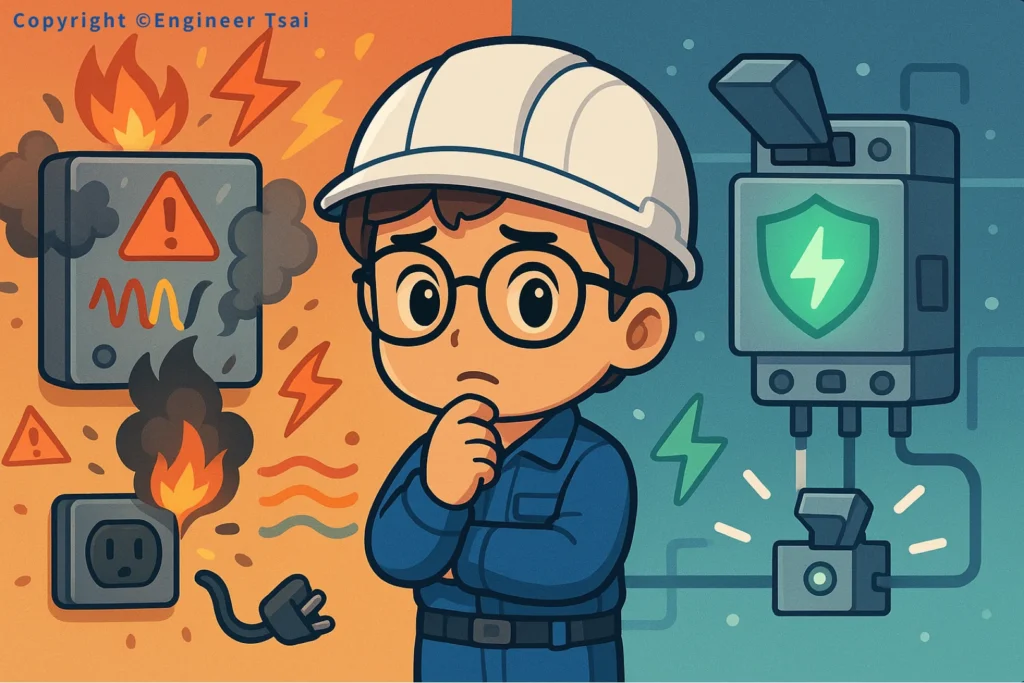
How to choose Protective Relay (without wasting money)
Price alone misleads.
Instead, match the device to the job.
Quick checklist
- Match ratings: voltage and current, including inrush.
- Pick features by load: motors need thermal + phase-loss; UPS/critical loads need undervoltage + event logging.
- Check the environment: dust, heat, and humidity matter; choose industrial-grade if needed.
- Coordinate protection: wire it right and align breaker/fuse curves. Thus, faults isolate without blacking out a whole panel.
Meanwhile, brands common in Taiwan/APAC include Mitsubishi, Shihlin, ABB, Schneider Electric, Hitachi, and Adlee.
Still, the best choice fits your site conditions and your settings.
Smarter Protective Relay (smart relays)
Today’s relays do more than trip.
Instead, they act like a mini security system for power.
- Remote monitoring and alarms
- Event logs for quick troubleshooting
- MODBUS/TCP links to PLC and SCADA
- Adjustable curves as loads change
Therefore, if you build a smart factory or add energy management, a smart protective relay with Modbus TCP is an easy win.
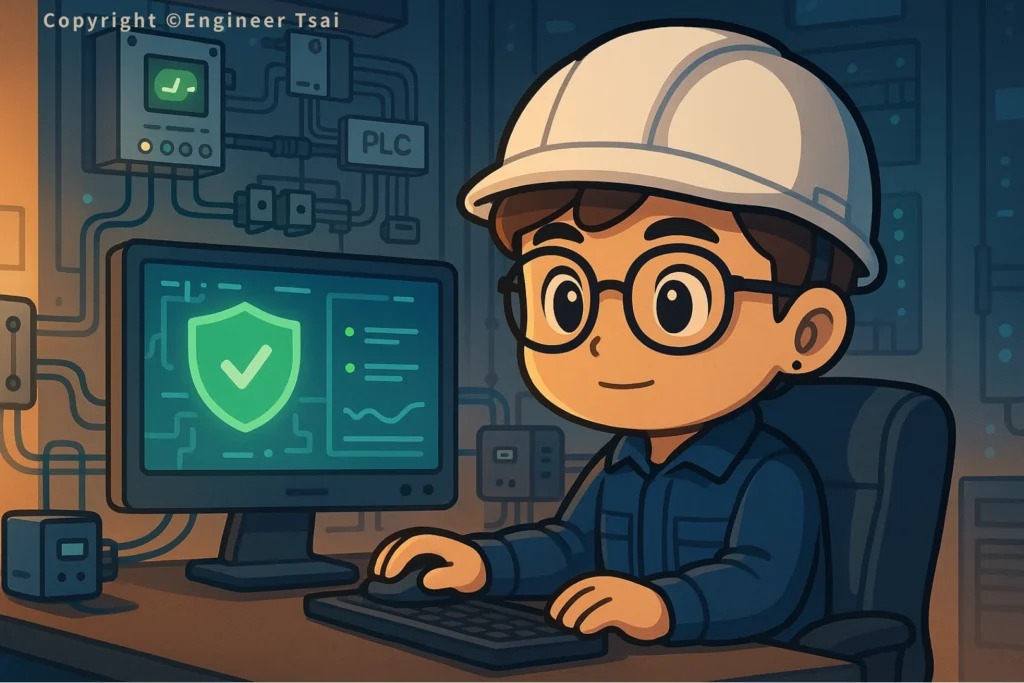
Bottom line
People spend big on gear and wiring.
However, they skip proper protection.
Then one fault causes rewiring, new motors, and lost hours.
So here’s the rule:
“A good protective relay isn’t there to cause outages—it’s there to stop disasters.”
Ultimately, it is the hidden brake system of your network.
On normal days, you do not notice it.
But when trouble hits, it takes the hit for you.
Finally, if you are an electrician, MEP designer, or maintenance engineer, do not overlook it.
Recommended reads
- Short Circuit: What It Is and How to Prevent It
Understand short-circuit causes and why overcurrent protection relays matter in real life. - The Fundamentals of Circuits: Power, Wires & Load
Get the core concepts so you can see where the protective relay fits in the system. - Smart Energy Management: Optimize Your Home’s Efficiency and Safety
From protection to efficiency, modern systems focus on stable power and proactive safety.
—
Have you chased a stubborn electrical fault and couldn’t find the root cause?
Drop your story in the comments—I read and reply personally.
